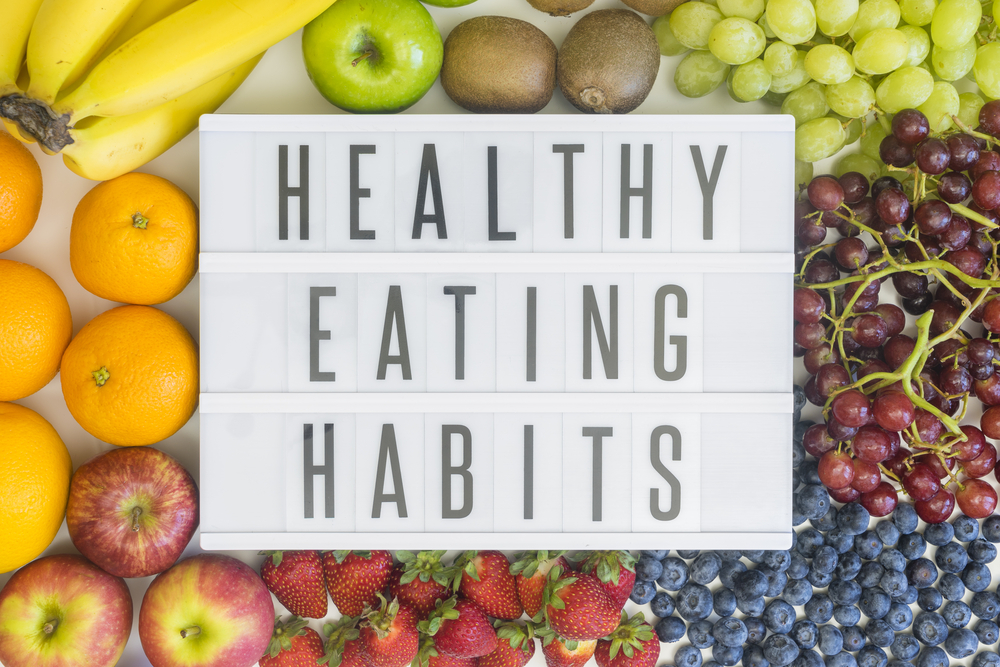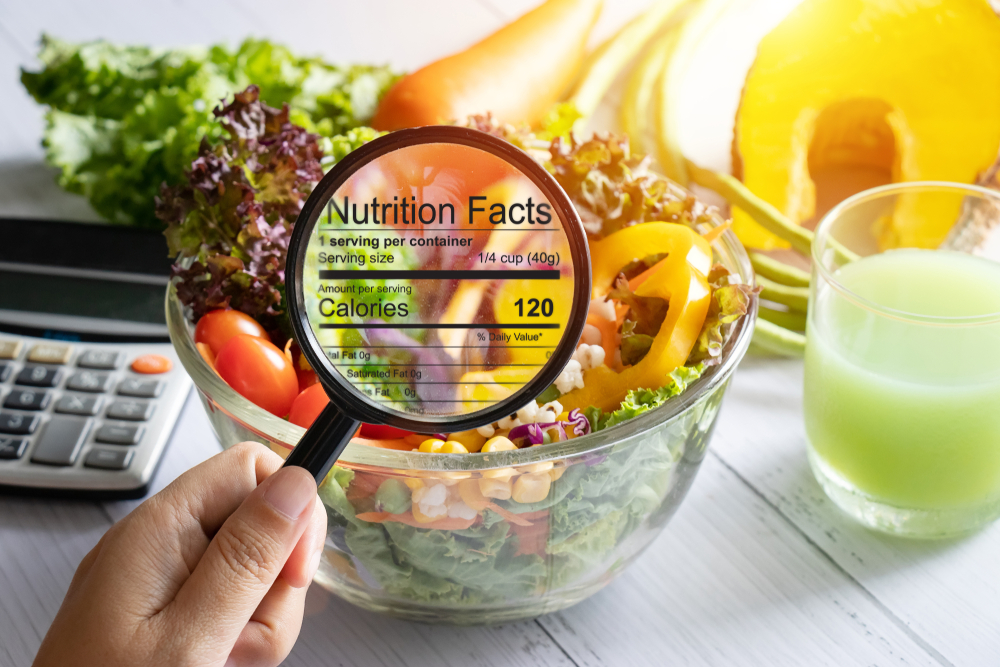To achieve weight loss, it is essential to create a calorie deficit, which means consuming fewer calories than you burn. This can be achieved by either reducing calorie intake, such as by choosing healthier food options and practicing portion control, or by increasing physical activity to burn more calories. Ideally, a combination of both approaches can be effective for sustainable weight loss.
Nutrition, Calories, and Dietary Choices
When we consume more food than our body needs for energy, the excess calories are stored as fat. By creating a calorie deficit, we encourage our body to tap into its fat stores for energy, leading to gradual weight loss over time. Remember, consistency and patience are key when it comes to achieving and maintaining a healthy weight.
A critical and fundamental aspect of successful weight loss is making intelligent choices about what we eat. By adopting a mindful approach to our dietary decisions, we can effectively achieve our weight loss goals and improve our overall well-being.
To make informed choices, it is important to consider the nutritional content of the foods we consume. This includes evaluating the balance of macronutrients such as carbohydrates, proteins, and fats, as well as the presence of essential vitamins and minerals. Additionally, paying attention to portion sizes and practicing portion control can contribute to a healthier eating pattern.
Furthermore, incorporating a variety of whole foods, such as fruits, vegetables, lean proteins, and whole grains, can provide us with a wide range of essential nutrients while also promoting satiety and satisfaction. It is also beneficial to limit the consumption of processed and sugary foods, as they often lack nutritional value and can hinder weight loss efforts.
In summary, taking a thoughtful and informed approach to our food choices is crucial for successful weight loss. By focusing on nutrient-dense whole foods and practicing portion control, we can make significant strides toward our goals and cultivate a healthier lifestyle.
Reduce the consumption of foods with low nutritional value, for example:
- Sugar, honey, syrups, and candies
- Pastries, donuts, pies, cakes, and cookies
- Soft drinks, sweetened juices, and alcoholic beverages
Reduce consumption of high-fat foods with the following strategies:
- Opt for poultry, fish, or lean cuts of red meat.
- Embrace low-fat cooking techniques such as baking, broiling, steaming, grilling, and boiling.
- Incorporate low-fat or non-fat dairy products.
- Enhance flavor with vinaigrette, herbs, lemon, or fat-free salad dressings.
- Steer clear of fatty meats like bacon, sausage, franks, ribs, and luncheon meats.
- Enjoy healthier snacks instead of high-fat options like nuts, chips, and chocolate.
- Avoid fried foods.
- Use less butter, margarine, oil, and mayonnaise.
- Say no to high-fat gravies, cream sauces, and cream-based soups.
Make sure to include a diverse range of foods in your diet.
- Enjoy raw, steamed, or baked fruits and vegetables.
- Indulge in whole grains, breads, cereals, rice, and pasta.
- Incorporate dairy products like low-fat or non-fat milk, yogurt, cottage cheese, and cheese.
- Boost your protein intake with chicken, turkey, fish, lean meat, legumes, or beans.
Revamp your eating habits:
- Maintain control over your hunger by consuming three balanced meals each day.
- Manage portion sizes and opt for small servings of diverse food options.
- Select low-calorie snacks to support your weight management goals.
- Eat mindfully, paying attention to your hunger and stopping when you feel satisfied.
- Take your time while eating, focusing solely on the meal and avoiding multitasking.
- Engage in alternative activities like walking, pursuing hobbies, or getting involved in the community to distract yourself from food.
- Incorporate regular exercise into your daily routine.
- Seek emotional support, if needed, through support groups to aid in your weight loss journey.
This information has been reviewed by medical specialists. It is intended for educational purposes only and should not replace the advice of your doctor or healthcare provider. We encourage you to discuss any questions or concerns with your provider.




